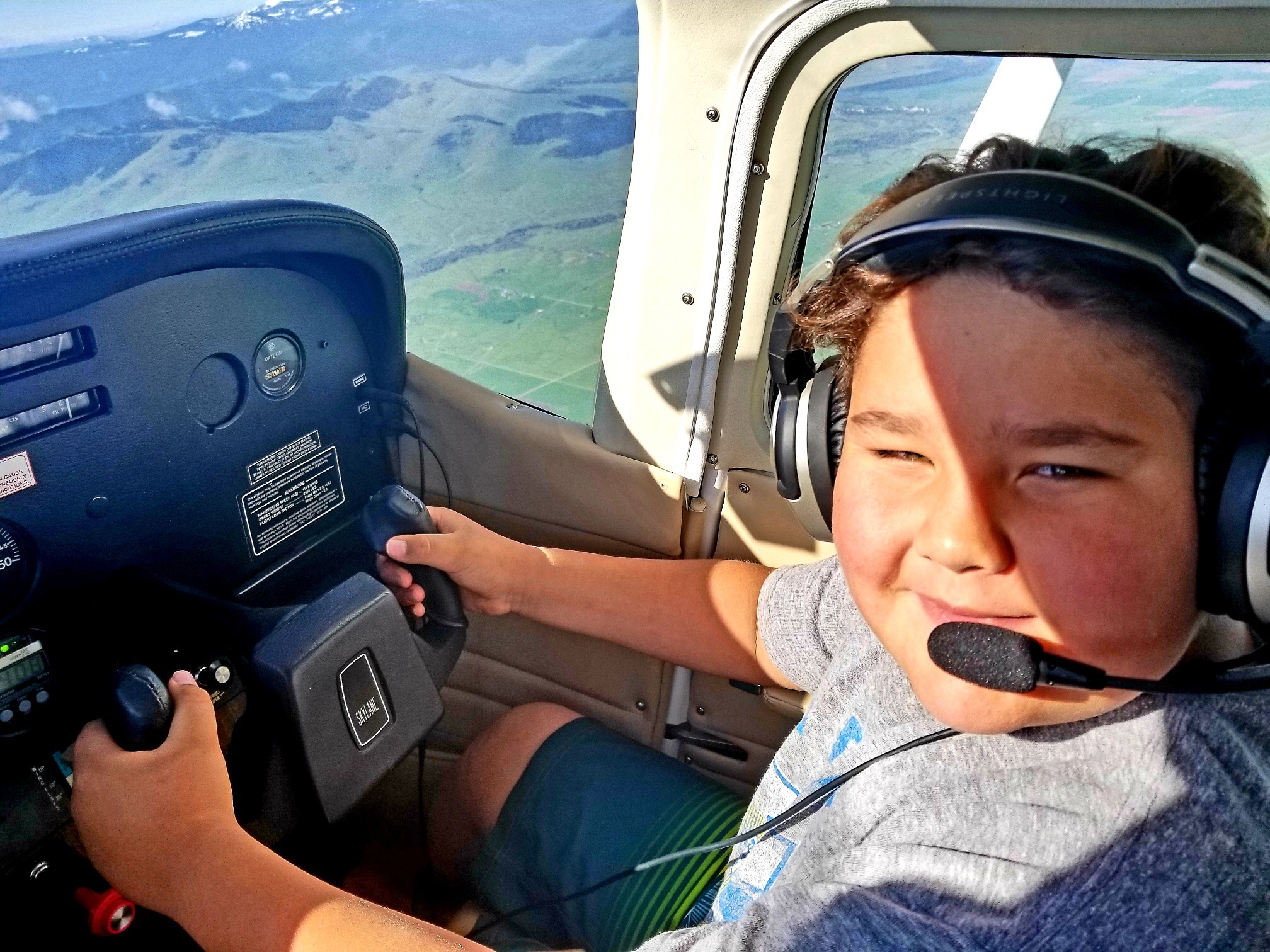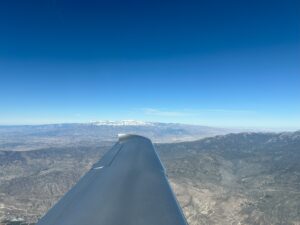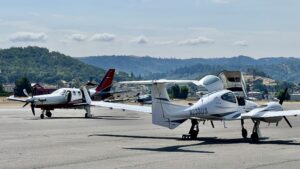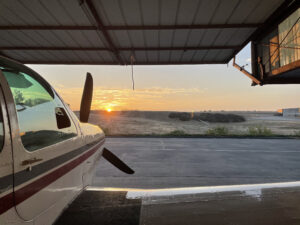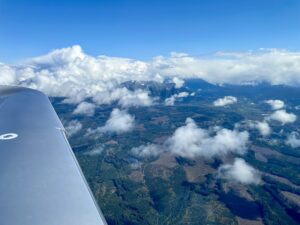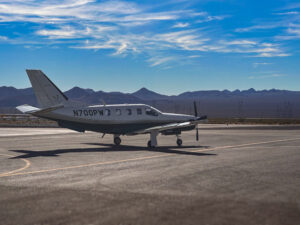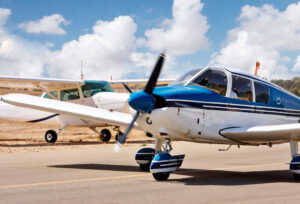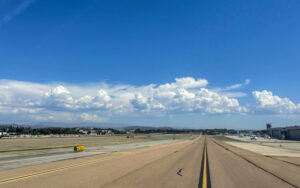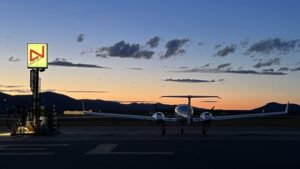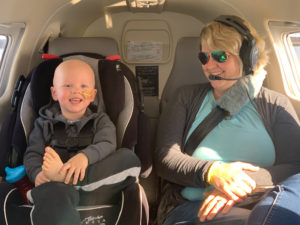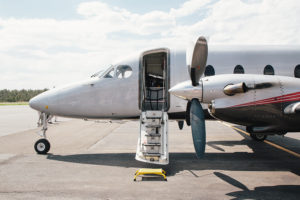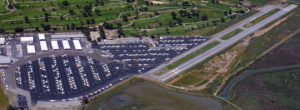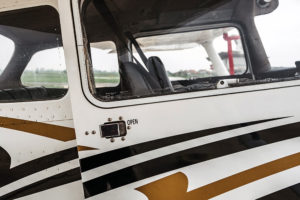Angel Flight West has the “mission” of arranging transportation for patients and family members who need to travel long distances for care. AFW volunteer Pilots sign up for “missions” to provide flights for these folks. But should we call these volunteer flights “missions”?
As a volunteer Pilot and Safety Officer, I get to experience the joy of flying AFW missions and also see feedback from pilots and passengers. Most of the pilot feedback is what I would expect: great satisfaction for completing the mission and occasional disappointment due to weather, mechanical, or other, cancellations. Occasionally, though, I see or hear about a flight that didn’t go well. Often, it’s due to worse than forecast weather or an unexpected mechanical problem. Rarely, it becomes obvious that the flight should not have taken place at all.
One definition of “mission” is “any important task or duty that is assigned or self-imposed.”
I wonder if the concept of “mission” affected the judgement of these few pilots. We know what this is called: “missionitis.”
Think about this scenario. You signed up for an AFW Mission from an airport 30 miles from your home airport to one 200 miles away. You arrive at the pickup airport on time, but your VFR flight in was a bit hairier than you expected. The cloud deck is lower and it’s colder than forecast. You filed IFR for the mission, but you suspect that the freezing level is lower than forecast. The mission route has higher Minimum Enroute Altitudes than your estimate of the freezing level, and pilot reports of cloud tops along your route are non-existent.
Your passengers are expecting to go on this flight for a very important treatment. It’s too far to drive, which is why they arranged for an Angel Flight. Their appointment is a couple hours after the flight. So, you consider going VFR and staying below the cloud deck. Terrain clearance should be OK for the entire flight, but there are gaps in the weather reports around some higher terrain on your route. Based on the data you have, you decide that it’s reasonably low risk to proceed with this mission.
But what if you step back and consider whether you would make this flight if it was just to have lunch with a friend? If the answer is no or probably not (based on risk-reward analysis), then I would suggest you shouldn’t fly this “mission”.
Yes, it will be inconvenient for the passengers who will have to reschedule their appointment and/or make other travel arrangements. But AFW staff will tell you that this happens frequently for a variety of reasons, and you will never be penalized for making a conservative no-go decision.
I read recently that Life Flight helicopter crews who fly to the scene of accidents are deliberately not told of the severity of the injuries or whether the victim is a child. I believe the rationale is to avoid influencing the crew’s go/no-go decision. These are professional flight crews, but the “criticality” of a mission can weigh on anyone’s judgement, whether they’re aware of it or not. I would recommend that AFW pilots approach our missions’ risk analysis with the same thought process.
Should we call these volunteer Angel Flights “missions”? I’ll let the powers-that-be make that decision, but I will think of them optional flights that will be cancelled if I have concerns about weather, mechanical issues, or me.
Thanks, and Fly Safe!
Bruce Poulton
AFW Safety Officer
BruceP@angelflightwest.org


